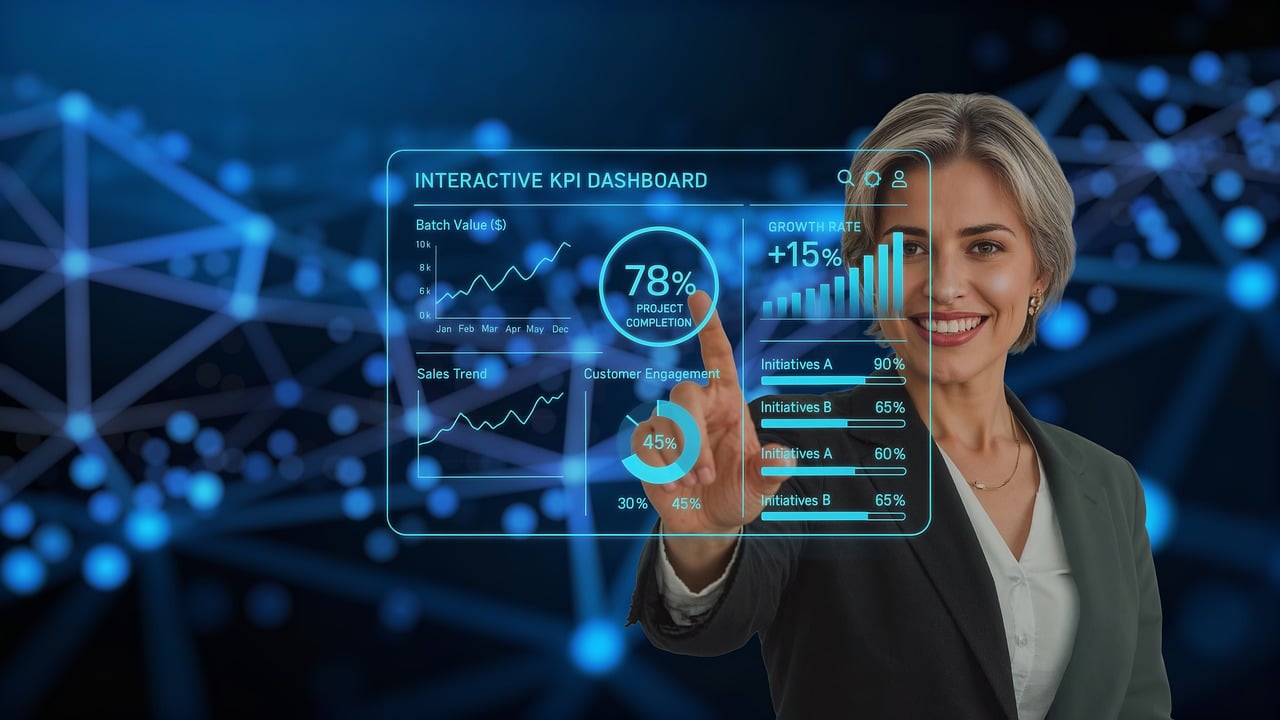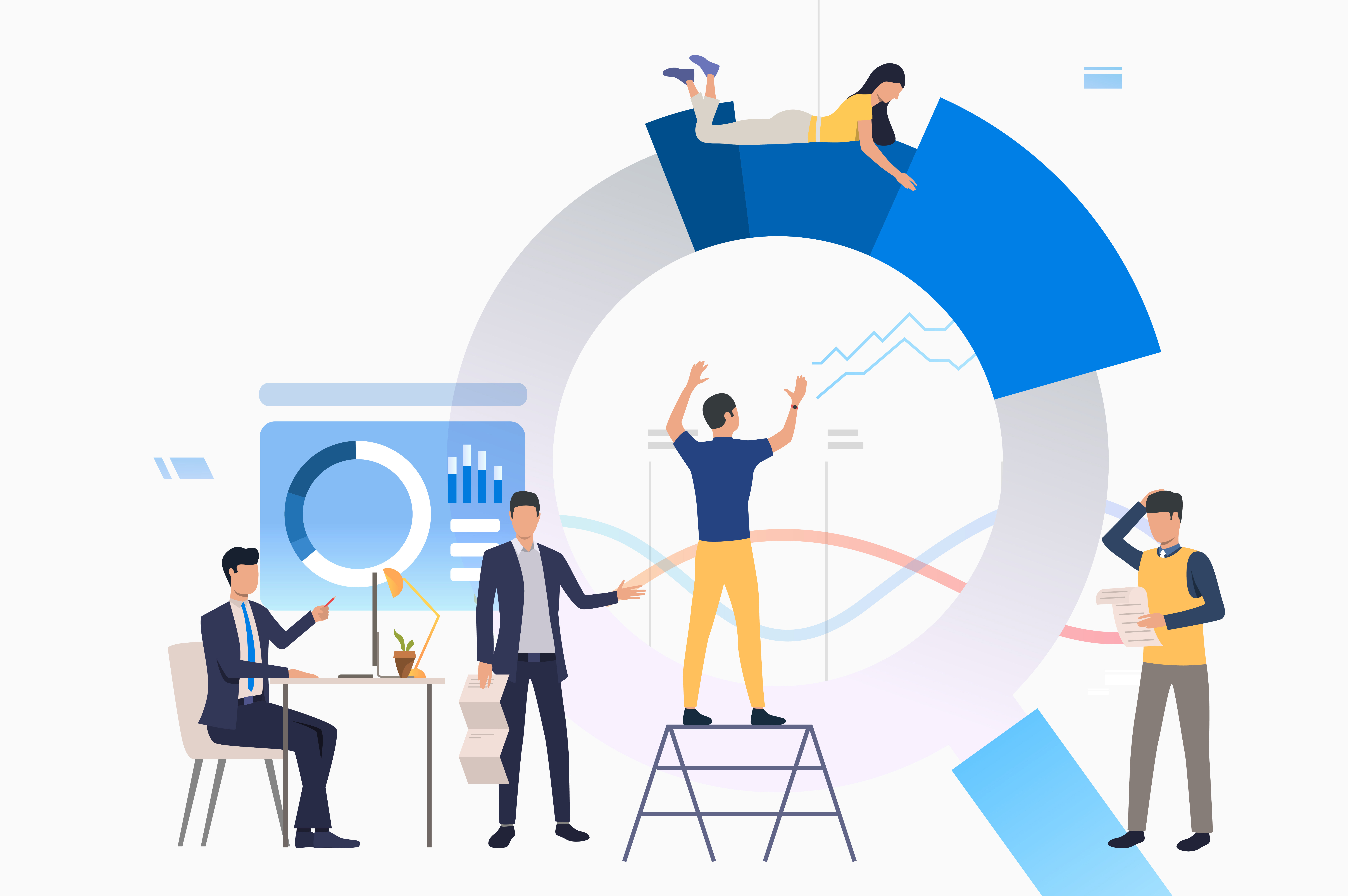Chances are, your Grandpa doesn’t know much about Business Intelligence and People Analytics.
Chances are unless you are a data scientist or data analyst, or work with those professionals, you probably don’t really know much about them either.
But, Business Intelligence programs contribute to the operations of every large company you’ve ever worked at, bought from, or interacted with in some way, and they’ve been doing so successfully for decades. These programs are like the producers of a hit TV-show. You don’t see them on camera (and let’s face it, you probably don’t stick around to read their names in the credits), but the show wouldn’t exist without them. Companies use these tools to help their organizations make decisions based on data.
And that’s great. It’s great to have something that can handle that data and give you reports, visualizations, predictive analytics, perform complex processing, and more. But your company doesn’t just run on a computer—It runs on people (at least until the computers take over).
Enter People Analytics. Otherwise known as HR Analytics, it is a somewhat-new, but rapidly rising industry. Good technology has become more accessible and employees are efficiently working remotely. I'm not just talking about email— I'm talking about your video calls, messaging platform, and linked calendars with your colleagues. We have the info we need from our BI platforms to tell us our performance analytics, but it's time we marry those with HR analytics to see how work is truly getting done.
HR has a history of being portrayed as not taken seriously (ex: Toby from the American version of The Office). And for a good reason—a lot of decisions could easily be made on opinion, experience, expertise, or judgment, which leaves room for bias and error. However, when you bring in undisputable data, you take out those what-ifs.
The benefits of a People Analytics program are endless and can answer so many of your questions. Is your team struggling with communication? Is one of your employees showing signs of burnout, and you don’t know why? Are you continually lacking employees with the skills you need? Why did you not see the quitting of your best employee coming? Are you stagnant in growth? A People Analytics platform can fix that. In short, a People Analytics platform can provide your company with the tools to help you understand how work is genuinely getting done all by integrating with platforms you are already using.
It’s easier to go with science than a gut feeling, which is where People Analytics can help not only your company, but take some stress off of you. Save costs from employee turnover, and increase revenue by knowing that you are recruiting and engaging the right people. It’s a win-win for everyone, your employees are being taken care of, and you are saving yourself from hours of stress.
In a world of unknowns, it’s never a bad idea to rely on science. And while 71 percent of companies say that People Analytics is a high priority for their organization, they aren’t acting on it. Let a People Analytics platform keep things running smoothly in the background.And if you aren’t entirely on board yet, or you think traditional BI is too expensive for your organization, try checking out Peoplelogic.
Peoplelogic.ai is mission control for teams, watching customer retention, employee satisfaction, and workflows within your company 24/7/365. We mitigate risks and surface opportunities for growth in real-time, so you can focus on scaling your business. And guess what? You can get started for free. Grandpa may still not know what you are talking about, but Peoplelogic makes people analytics so easy that you will.
Recent Posts
Browse all articles


.svg)
.avif)


